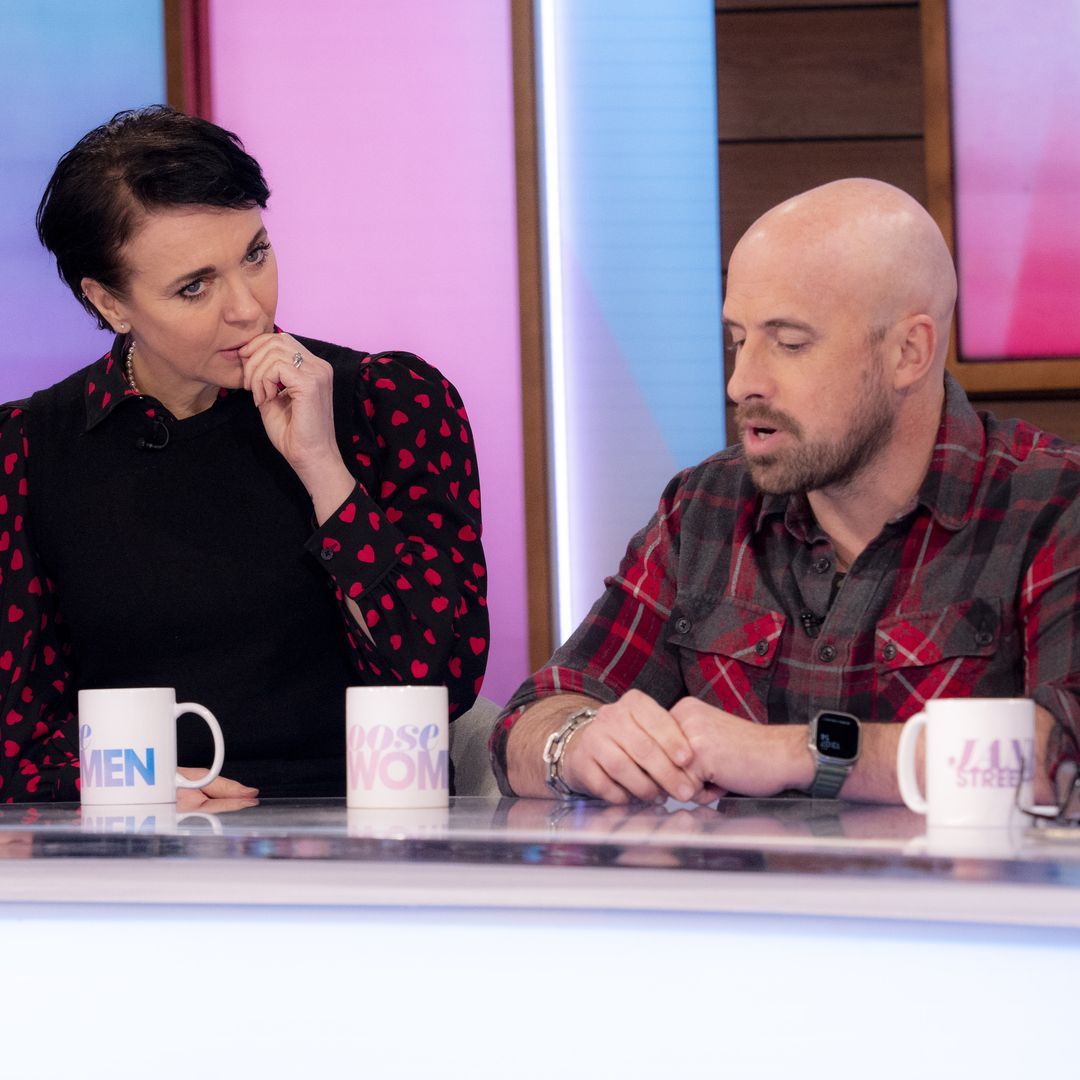When Ste Walker, 24 and from Yorkshire, shared a heartfelt post about his struggle with Crohn's disease, he didn’t expect it to go viral. However, his candid descriptions of living with the illness – which has seen him undergo three major life-saving operations in two years – caused his message to be shared over 33,000 times.
We take a look at what Crohn's disease is and the symptoms to look out for…
People are too quick to judge these days, just because I look normal and speak normal, that doesn't mean I don't have a...
Posted by Ste Walker on Sunday, October 25, 2015
Ste Walker raised awareness for Crohn's disease after a heartfelt Facebook post
"People are too quick to judge these days," wrote Ste alongside a photo of himself in his normal clothes, and one showing him using all his medical devices. "Just because I look normal and speak normal, that doesn't mean I don't have a major disability…
"To look at me I look like any normal guy my age, but that's because I want you to view me like that… look abit closer tho, or ask me questions, and you will soon realise that I have a major illness…"
If you are worried about symptoms you should contact your GP
What is Crohn's disease
Crohn's disease is a chronic inflammation of the lining of the digestive system. While it can affect any part of the digestive system, it most commonly occurs in the intestines. There is currently no cure for Crohn's disease, so treatment aims to stop the inflammatory process and relieve symptoms to try and avoid surgery.
Symptoms
Possible symptoms include recurring diarrhoea and abdominal pain or cramping – these can be especially painful after eating. Other signs include extreme tiredness and unexpected weight loss. There can be long periods (weeks or months) where you show no symptoms, followed by periods where they flare up.
Less common symptoms can include a high temperature (38C or above), as well as nausea and vomiting. Joint pain and swelling could also be indicators of the illness.
Treatment
While there is no cure, there are many treatments in place to try and relieve the main symptoms. Depending on the severity of the condition, this can be done with different medications or surgery. The first option is usually a steroid medication to reduce inflammation, but if symptoms flare up twice or more during 12 months, then further medicine may be needed.
For severe cases, these are sometimes treated with powerful immunosuppressant medication which target the protein believed to cause the inflammation. These are often given as a drop into the arm in hospital, or as an injection which can be done at home, with treatment lasting at least 12 months. In extreme cases, a stomach bag may be introduced through surgery called anileostomy.
If you are worried about symptoms, you should contact your GP who will be able to advise you.








